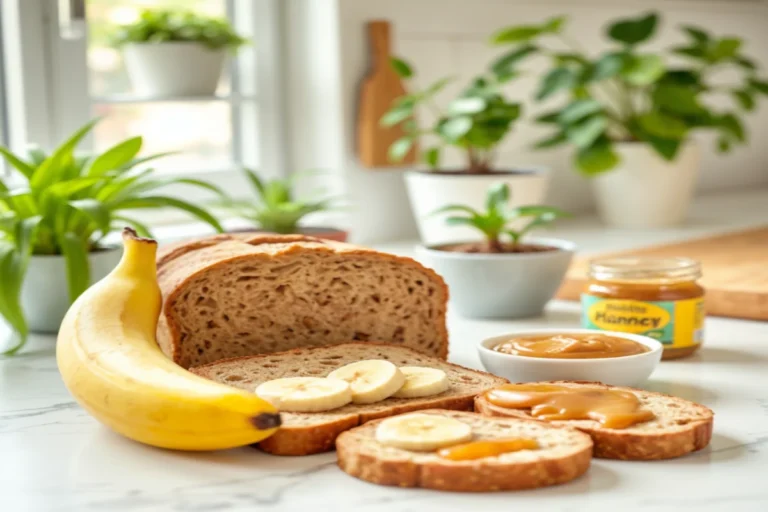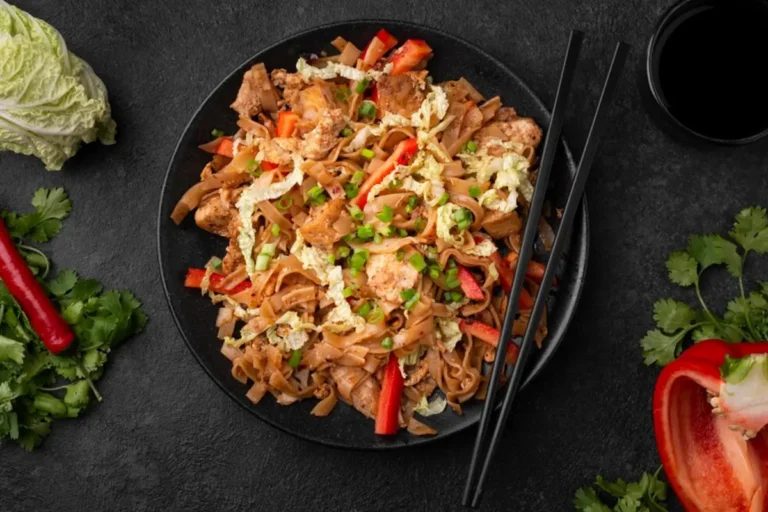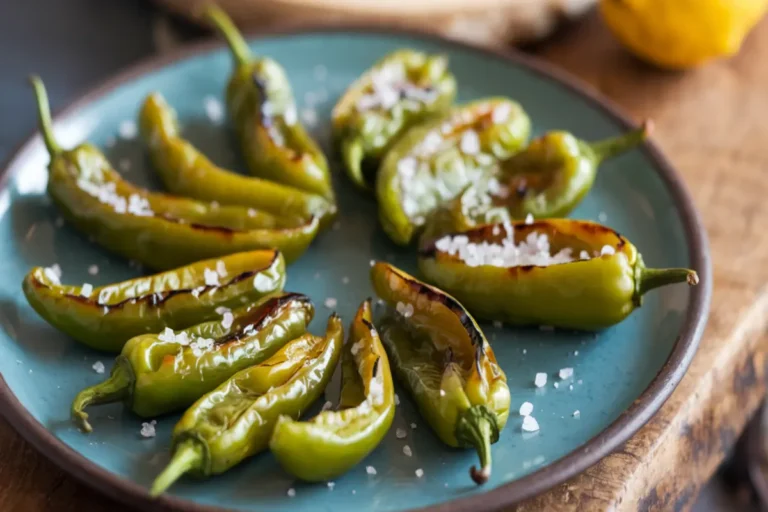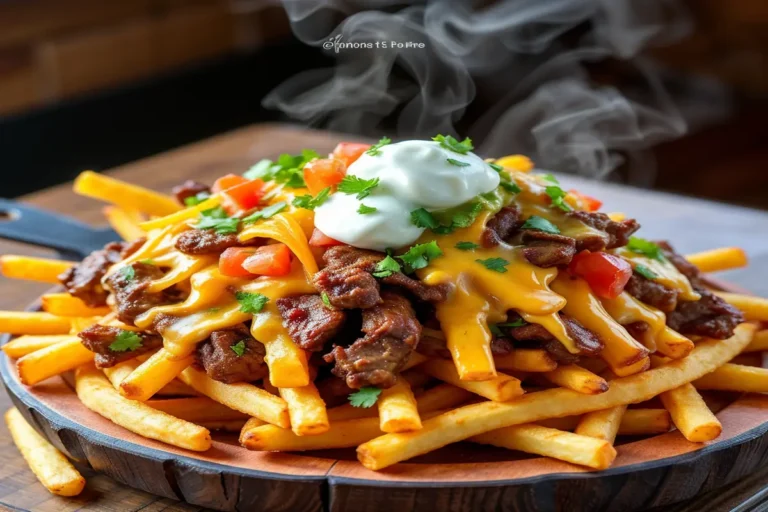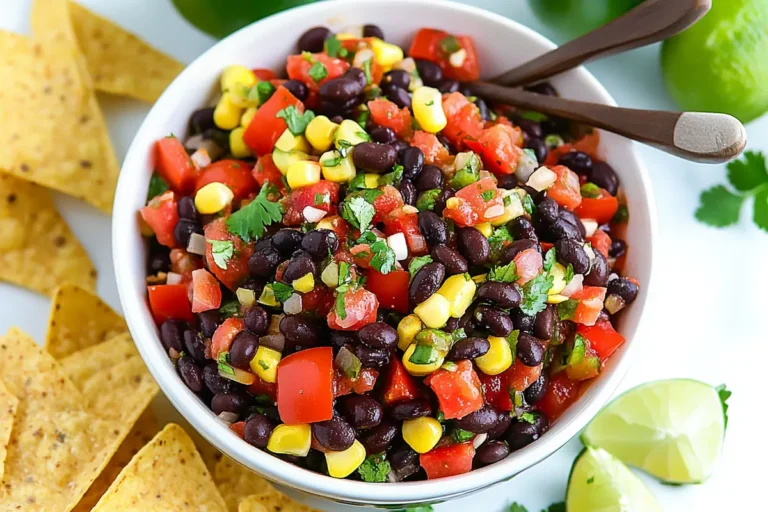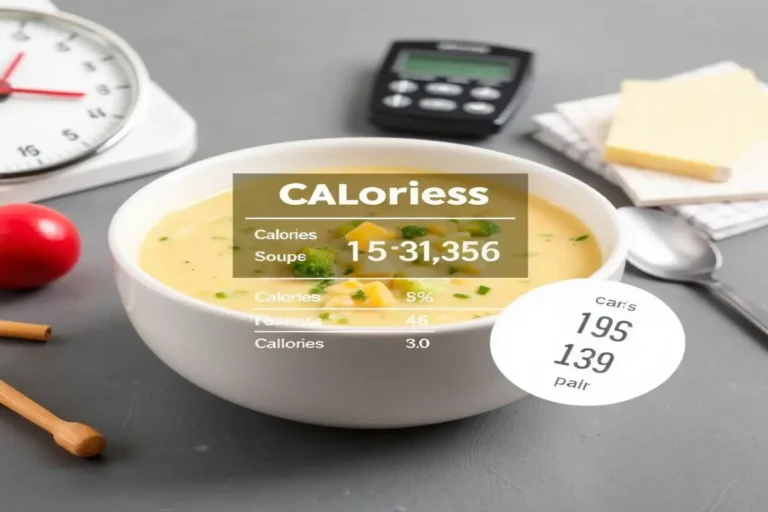classic beef stew recipe
Few dishes are as universally loved and satisfying as classic beef stew recipe. This hearty meal is a perfect choice for cold nights or when you need something comforting yet nourishing. The beauty of beef stew lies in its simplicity — chunks of tender beef, paired with vegetables and slow-cooked to perfection. This guide will walk you through every step of making a classic beef stew, offer tips on variations, and help you get the most flavor out of each bite.
1. Introduction to Beef Stew
Beef stew is a dish that transcends cultures, known for its rich flavors, tender meat, and the ability to warm the soul. Its core ingredients—beef, vegetables, and seasonings—are slow-cooked in a savory broth, resulting in a thick, delicious meal. Whether you make it on the stovetop, in a slow cooker, or even in an Instant Pot, beef stew is incredibly versatile and easy to customize.
In this article, we’ll explore the essential steps to making the perfect beef stew, including tips on choosing the best cuts of meat, and ways to enhance the flavor.
2. Essential Ingredients for Beef Stew
The key to a great beef stew starts with the ingredients. While many variations exist, the traditional recipe usually includes:
- Beef: Chuck roast or stew beef is ideal for its marbling and flavor. Cuts with some fat and connective tissue will break down over slow cooking, adding richness to the stew.
- Vegetables: Carrots, potatoes, celery, and onions are the classic vegetables used. You can also add peas, turnips, or mushrooms for extra texture and flavor.
- Broth or Stock: A rich beef broth or stock forms the base of the stew. You can enhance the flavor by adding tomato paste or pureed tomatoes.
- Seasoning: Salt, pepper, garlic, bay leaves, and thyme are essential seasonings. Some recipes also include soy sauce or Worcestershire sauce for a savory depth.
- Thickening agents: Flour or cornstarch is often used to thicken the stew. Alternatively, reducing the liquid through slow simmering can also achieve a thicker consistency.
3. Step-by-Step Guide to Cooking Beef Stew
3.1. Preparing the Meat
To start, choose a well-marbled cut of beef, such as chuck or brisket. This ensures the meat will become tender and flavorful as it cooks. Season the beef generously with salt and pepper before browning. This step is crucial because it adds flavor to the final dish. Brown the beef in batches, ensuring each piece gets a nice caramelized crust.
Internal Link Opportunity: If you’re unsure how to get the perfect sear, you can find additional tips in the article How to Cook Ground Beef in a Skillet, which provides guidance on achieving even browning.
3.2. Sautéing Vegetables
Once the meat is browned, remove it and set it aside. In the same pot, sauté your vegetables (onions, carrots, celery) until they soften. Add garlic for a burst of flavor, then deglaze the pan with broth or water, scraping up any browned bits from the bottom of the pot.
3.3. Simmering
Return the meat to the pot and cover it with beef broth or stock. Add herbs like bay leaves and thyme for aroma, and bring the mixture to a simmer. Reduce the heat to low, cover, and let it cook for 1.5 to 2 hours, or until the meat is tender. Stir occasionally and check that the liquid level remains sufficient to cover the ingredients.
Pro Tip: For a richer flavor, you can add a dash of soy sauce or Worcestershire sauce at this stage. Both ingredients add a depth of umami that enhances the beef’s natural flavors.
4. Cooking Methods: Stovetop, Slow Cooker, and Instant Pot
Each method of cooking beef stew has its own advantages. Here’s a breakdown of each:
- Stovetop: The classic method requires slow simmering in a heavy-bottomed pot. It allows for better control over the thickness of the broth, and you can adjust seasoning more easily.
- Slow Cooker: Perfect for hands-off cooking, a slow cooker offers convenience. Simply set it on low for 8 hours or high for 4–5 hours, and the meat will be tender and flavorful. However, the broth might need thickening after cooking.
- Instant Pot: Ideal for a quick beef stew. The pressure cooker significantly reduces cooking time while maintaining tender meat. Start with the sauté function to brown the meat and vegetables, then pressure cook on high for 35–40 minutes.
External Link: For more on traditional beef stew recipes, check out the Classic Beef Stew Recipe, which offers a comprehensive guide to preparing a foolproof stew.
5. Tips for Thickening and Adding Flavor
A well-made beef stew should have a rich, thick sauce that coats the meat and vegetables. Here are a few ways to thicken your stew:
- Flour or Cornstarch: Mix either with cold water to create a slurry before adding to the stew. Stir thoroughly and let it simmer for a few minutes until thickened.
- Roux: A roux is a mixture of flour and fat that’s cooked to form a paste. Adding it early on will help give the stew a smooth, velvety texture.
- Reducing Liquid: Simply simmer the stew uncovered for an additional 20–30 minutes to reduce the broth and concentrate the flavors.
For an extra punch of flavor, consider adding:
- A spoonful of Dijon mustard.
- A splash of soy sauce or Worcestershire sauce.
- Fresh herbs like parsley or rosemary at the end of cooking.
6. Variations of Beef Stew
While the classic beef stew recipe is hard to beat, there are several delicious variations you can try:
- Beef Bourguignon: A French take on beef stew, featuring beef braised in red wine with pearl onions, mushrooms, and bacon.
- Irish Stew: Typically made with lamb, you can swap in beef for a version that includes potatoes, carrots, and onions, often seasoned with thyme and bay leaves.
- Vegetable-Heavy Stew: For a more plant-forward meal, increase the ratio of vegetables to beef. Add parsnips, turnips, or even spinach toward the end of cooking.
- Spicy Beef Stew: Add a kick by including a chopped chili or cayenne pepper for heat.
Internal Link Opportunity: You can explore more beef-based dishes and creative uses of ground beef in Ground Beef Recipes, perfect for weeknight dinners.
7. Common Mistakes to Avoid
Despite its simplicity, there are a few common mistakes that can ruin a beef stew:
- Overcooking the vegetables: Add hardy vegetables like carrots and potatoes early, but save delicate ones (like peas) for the last 15 minutes to prevent them from turning mushy.
- Using the wrong cut of meat: Always opt for tougher cuts with connective tissue that breaks down over time, such as chuck roast. Lean cuts like sirloin will become dry and tough.
- Too much liquid: Stew is meant to be thick and hearty, not soupy. Make sure to use just enough broth to cover the ingredients, and reduce it if needed.
8. FAQs About classic beef stew recipe
Can I make beef stew ahead of time?
Yes! In fact, beef stew often tastes better the next day as the flavors meld together. Simply reheat on the stovetop or in the microwave.
How do I thicken beef stew without flour?
You can thicken stew by reducing the liquid through simmering, or by using pureed vegetables like potatoes or carrots as natural thickeners.
Can I freeze beef stew?
Absolutely! Beef stew freezes very well. Make sure to let it cool completely before transferring to an airtight container. It will last in the freezer for up to 3 months.
What’s the best way to reheat beef stew?
Reheat on the stovetop over medium heat, stirring occasionally until warmed through. You can also microwave in a covered dish, stirring halfway through.
Conclusion of classic beef stew recipe
Making the perfect beef stew is all about patience and using quality ingredients. Whether you’re sticking to the traditional method or experimenting with different flavors, this comforting dish never fails to satisfy. With these tips and techniques, you’ll master the art of beef stew, turning simple ingredients into a rich, hearty meal that’s perfect for any occasion.

